
The end of another quarter means a new list of FDA-approved drugs for primary care. Which ones should you know about? Click through to find out.

The end of another quarter means a new list of FDA-approved drugs for primary care. Which ones should you know about? Click through to find out.
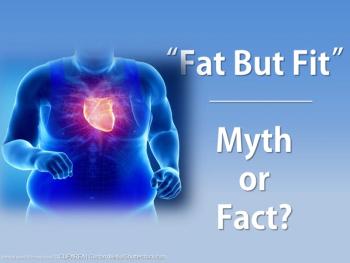
No metabolic derangement, insulin sensitivity preserved; fat on the macrometabolic level can look fit. Now, let's look deeper.
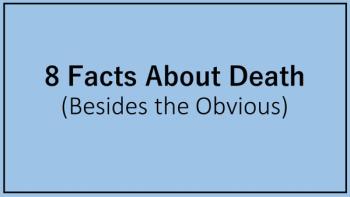
Here's a look at some of the ways people have been dying lately -- from the common to the unusual.

Authors of a new study were surprised to find that this relationship was exclusive to women of normal weight.

Providers may now be paid up to $785 (increased from $450) for each patient who loses 5% of their body weight.
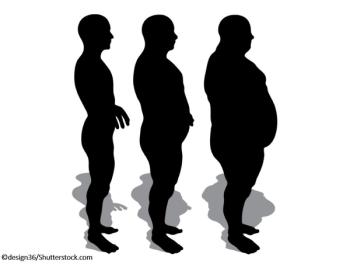
Study: each gain of 5 kg was linked to a 17% drop in odds of healthy aging. A powerful message for young patients.

Take this brief quiz to see what you’ve learned about the challenges and opportunities of obesity management.

Following are answers to the questions primary care physicians most often ask.

As with any other chronic disease, a detailed medical history is important. Individualized interventions recommended.

Often efforts are made in treating the consequences more than the primary cause.

Here are answers to the questions primary care physicians most often ask about patient evaluation.

The answers in this Patient Care Special Report offer easy steps PCPs can take for more efficient and effective treatment.
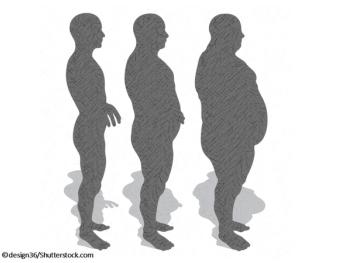
Findings on fasting, mindful eating, and the flaw in BMI as a measure of body fat are summarized in this 8-slide briefing.

Asthma medications reduced obesity risk. Which type of medication surprised the researchers.

A new study suggests trackers don't help, but medical experts weighed in with a full spectrum of opinions.

Take this quick quiz to see what you know about the latest research findings.

As the prevalence increases, obesity continues to grow as a major health problem. Here are brief summaries of the latest research findings.
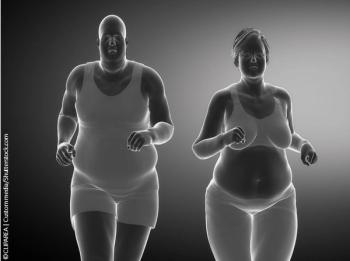
The "novel (and contradictory) finding..." say study authors, challenges conventional wisdom as well as current literature.
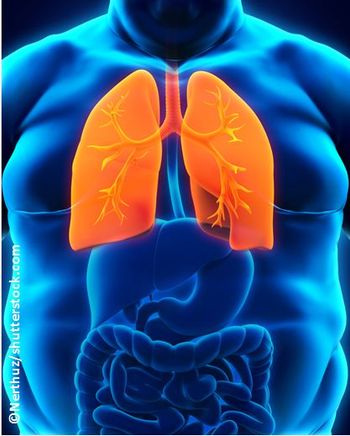
The new evidence-based, comprehensive recommendations replace 2012's "piecemeal" effort to guide clinical management.

Results of a large Danish cohort study place the BMI measure with lowest risk for all-cause mortality in the "overweight" category.

Even patients who have had the condition for up to 10 years can reverse it by losing weight and then maintaining the weight loss.
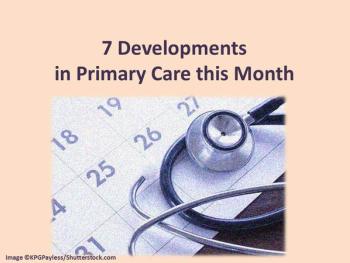
Take a quick look at recent primary care happenings that could influence how you practice.

New study findings are grim, suggesting that fewer than 1% of the obese who work at weight loss will have sustained success.
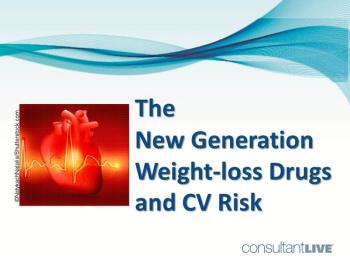
Newer anti-obesity drugs aren't your mother's Fen-Phen, but they also don't come without their own potential downsides.

Questions you were afraid to ask about weight-loss modalities in the context of obesity and type 2 diabetes are answered here.